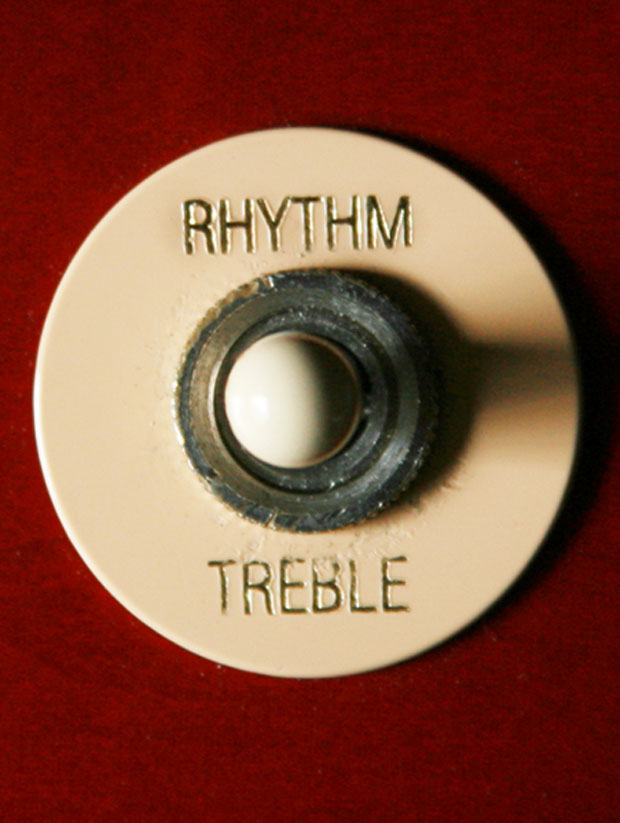Session Guitar: Don't Downplay the Importance of Playing Rhythm

What do Eddie Van Halen, Keith Richards, Andy Summers, The Edge, James Hetfield and Jimi Hendrix have in common? They are all great rhythm players.
These guys, and so many more, have restructured and redesigned the role and sound of playing rhythm guitar. And since 80 percent or more of your musical life may very well be spent playing rhythm, we should talk about it.
Certainly most of your life as a studio player will be spent playing rhythm. By this I mean chords. Partial chords. Strumming. Multiple notes played at once. Arpeggios. Every guitarist wants to be the lead player. But doesn't playing lead also require command over rhythm?
Music can be broken down into three categories. Melody, harmony and rhythm. When you realize there are only 12 notes but an infinite number of rhythms, you can see the depth of study necessary to master this art. And think of the possible variations you can add to your lead playing.
Whole notes get split into half notes. Halves get split into quarter notes. Quarters split into 8th's. 8th notes get split into 16th's and so on! And let's not forget the dot that adds half the value of the note to the note! And rests. We love rests because we can rest. But we still have to pay attention to the length of the rest. So it's not really a rest at all ... just silence! And when you come down to it, isn't rhythm really combinations of sound and silence?
Here's some more to ponder. Is it always necessary to play throughout an entire song?
If the rhythm part doesn't come in until the chorus, it has more impact. And playing rhythm is seldom ever only about strumming chords. How about arpeggios? With special effects. Maybe just one strum per chord. With echo and chorus. Or laying down a funk guitar. Percussive and sharp. May as well be a percussion instrument. Or no chords at all. Mute all the strings and hack away. Works for me! In the right song.
All the latest guitar news, interviews, lessons, reviews, deals and more, direct to your inbox!
Ever hear a blues player hit one well-placed note, not on the first beat? Maybe delayed by an 8th note. Tears it right through your heart, and then he stops! Sometimes, that's all it takes.
A command of various styles of rhythm can benefit your entire musical life.
Not many think of EVH as a great rhythm player ... but he is! His rhythm style encompasses serious grooves with partial chords. (Eddie did start on drums.) Do some deep listening and study to the other players I mentioned at the start. They make something quite difficult look and sound so easy. And that is art, my friends.
Here's a recommendation: Get a book by Peter Randall called Rhythm in Action. It is, in my opinion, the finest book written on the subject. I used to take lessons just for rhythm playing. No instrument was used, just a pencil! We would tap on a desk. Remember ... rhythm study does not care what your axe is! It exists in all music. It is music. It is the actual breath of music.
Learn it. Know it. Live it.
Till next time …
Ron Zabrocki on Ron Zabrocki: I’m a session guitarist from New York, now living in Connecticut. I started playing at age 6, sight reading right off the bat. That’s how I was taught, so I just believed everyone started that way! I could pretty much sight read anything within a few years, and that aided me in becoming a session guy later in life. I took lessons from anyone I could and was fortunate enough to have some wonderful instructors, including John Scofield, Joe Pass and Alan DeMausse. I’ve played many jingle sessions, and even now I not only play them but have written a few. I’ve “ghosted” for a few people that shall remain nameless, but they get the credit and I got the money! I’ve played sessions in every style, from pop to jazz.
